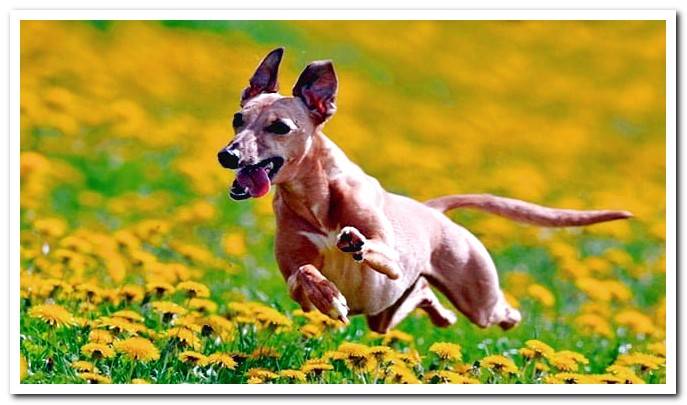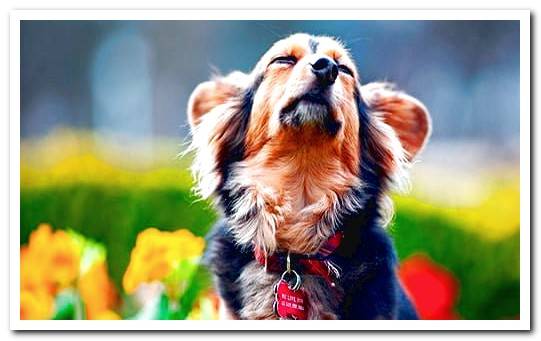
As with humans, dogs can also suffer from different types of allergies and some of them are capable of causing serious damage.
Today we are going to focus on pollen allergy because it is one of the most common, erroneously defined as a stationary allergy because it is mainly symptomatic in spring.
From Dogsis we will explain what this type of canine allergy consists of, what are the most obvious symptoms that should put us on alert and, of course, how to combat it with or without medical treatments.
Index of contents
- 1 What is a pollen allergy and how does it affect our dog?
- 2 Obvious symptoms of pollen allergy
- 3 How to Treat Pollen Allergy in Dogs
What is a pollen allergy and how does it affect our dog?
Pollen allergy peaks in the spring and summer seasons, which is when most plants flower and try to reproduce by expanding the pollen they generate.
We cannot do much to avoid it since pollen spreads through the air and ends up invading all populations. However, there are some tips to prevent our dog from suffering it seriously.
Dogs with a pollen allergy have a hard time at these seasons, because itching, sneezing, and general discomfort begin as unequivocal symptoms that the allergy is already taking its toll.
However, we can help them reduce symptoms and, in more severe cases, follow the medication that our vet proposes.

Obvious symptoms of pollen allergy
The main symptoms of allergy to pollen in dogs are quite similar to those of other allergies, such as food allergies or allergies to external factors. Our dog will begin to show this symptomatology little by little, and it will get worse as the spring season progresses.
At general levels, these are the symptoms that a dog with a pollen allergy will show:
- Sneezing and cough, sometimes severe due to irritations in the respiratory system.
- Redness of the muzzle, legs, ears and skin of your body in different areas, including the appearance of small rashes.
- Our dog will start scratching very frequently, even creating wounds on his body from scratching.
- Your eyes may become red, showing symptoms similar to those of canine conjunctivitis.
- Sometimes you can suffer from unjustified diarrhea, created by allergies itself as a secondary symptom.
Some dogs go one step further and suffer from more severe symptoms, however these are the common symptoms in dogs with this type of allergy.

How to Treat Pollen Allergy in Dogs
There are two ways to treat pollen allergy and we must use both so that our dog does not have a bad time and the symptoms do not complicate his health.
The first of them is through common sense advice, which will help us reduce the symptoms of this allergy:
- Avoid going for a walk in landscaped or wooded areas, where the pollen level will be much higher than in the city.
- Do not allow our dog to play in gardens or areas with plants, taking special care that it does not touch or play with the main poisonous plants for dogs.
- Every time we go for a walk, when we return we must clean the paws of our dog with a wet towel, to remove pollen remains.
They are very simple tips to follow and that will help us to avoid that the allergic symptoms increase. However, it is always positive to combine these tips with proper medical treatment.
We must go to our vet to examine our dog and depending on the severity of his allergy, receive adequate treatment, which usually consists of prednisone or Apoquel, to remit symptoms while the pollen level falls.
